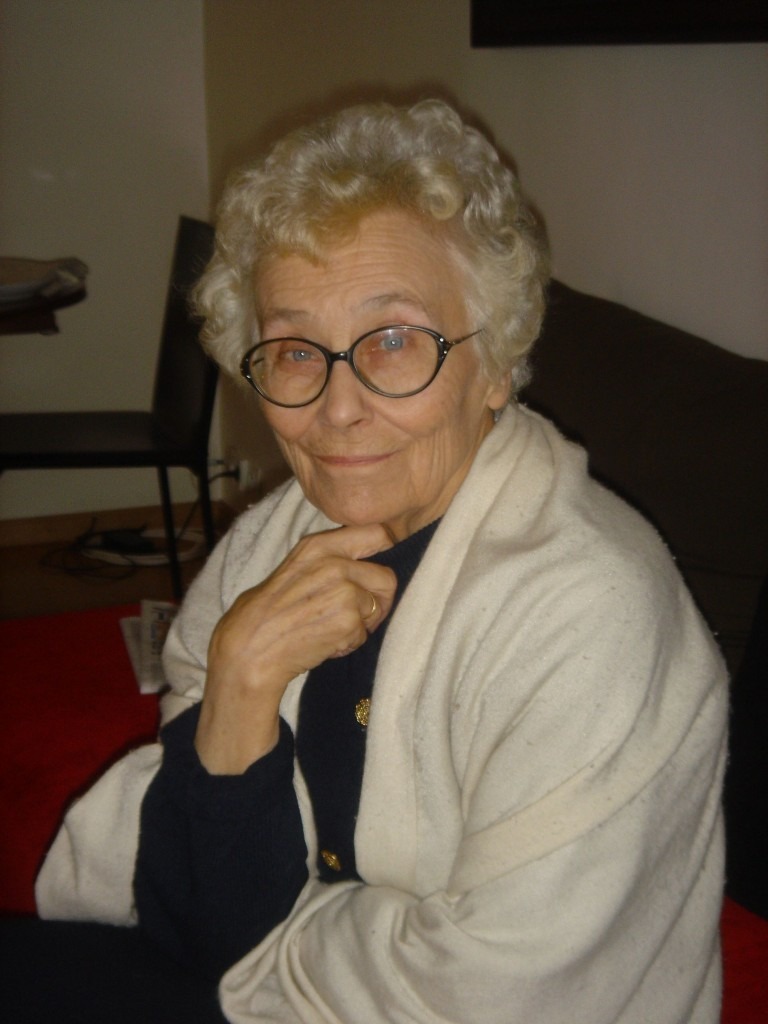 EACH time Suzanne Corkin met H.M. during one of his visits to the Massachusetts Institute of Technology, she would ask him if they had met before. He would smile and say yes, and when she asked him where he would reply, “In high school.” They did not actually meet until he was in his late 30s, but they worked together for nearly five decades, and the last time they met he still failed to recognise her. The most she ever elicited in him was a sense of familiarity…
EACH time Suzanne Corkin met H.M. during one of his visits to the Massachusetts Institute of Technology, she would ask him if they had met before. He would smile and say yes, and when she asked him where he would reply, “In high school.” They did not actually meet until he was in his late 30s, but they worked together for nearly five decades, and the last time they met he still failed to recognise her. The most she ever elicited in him was a sense of familiarity…
This article first appeared in the Economist on 18 December 2008. To continue reading click here.
